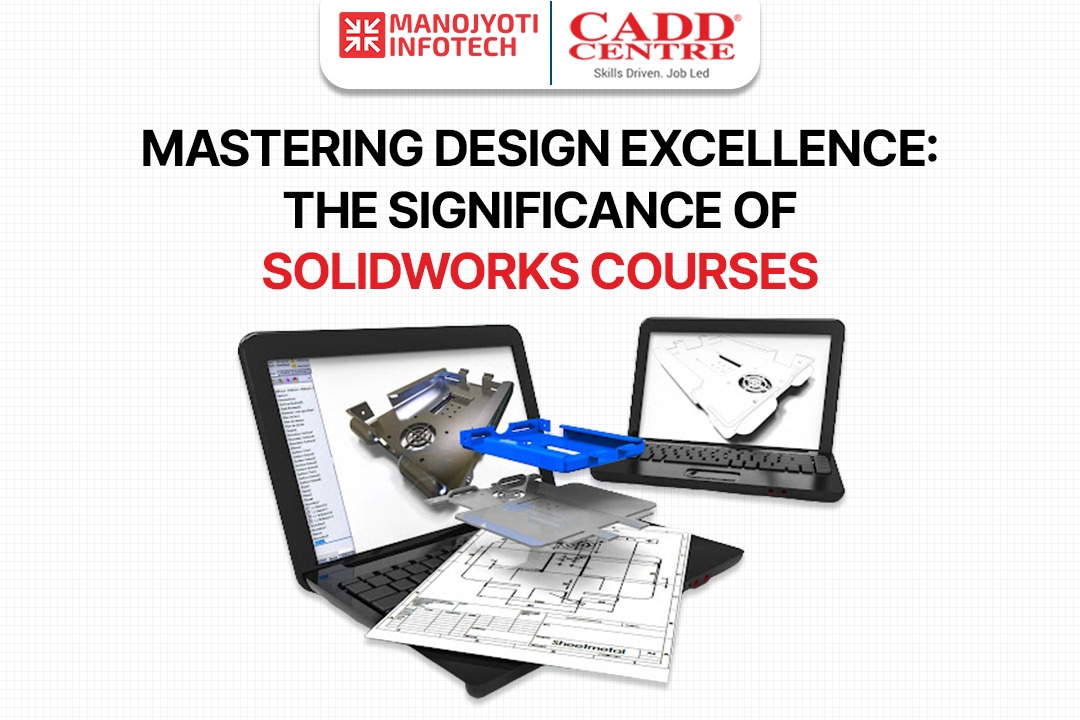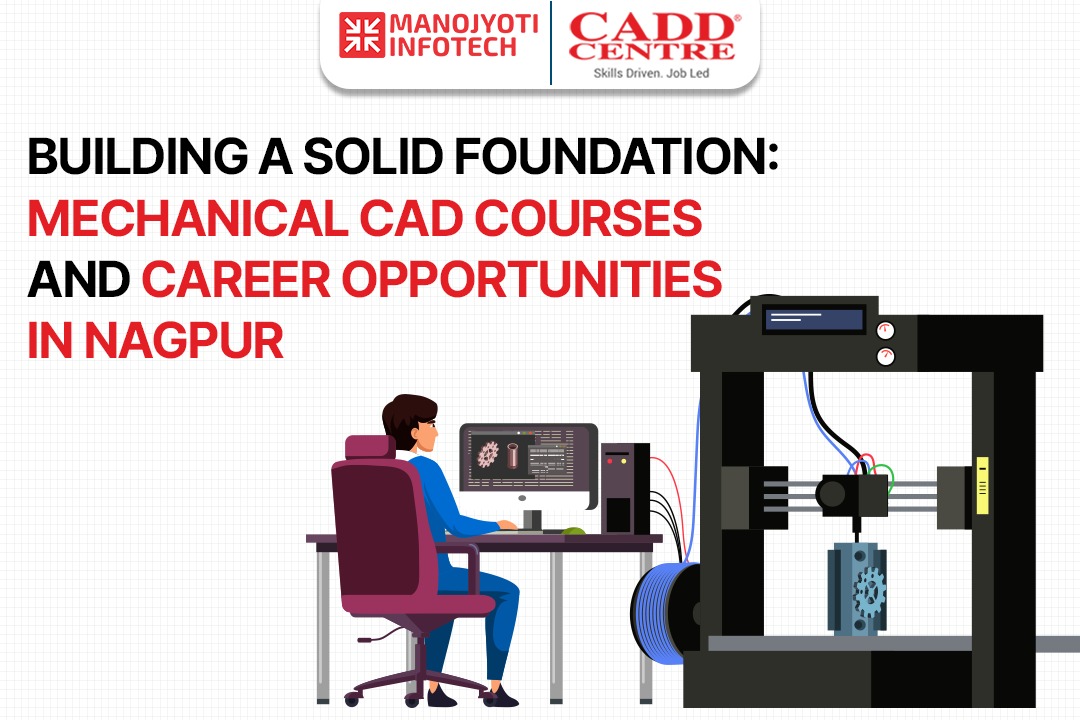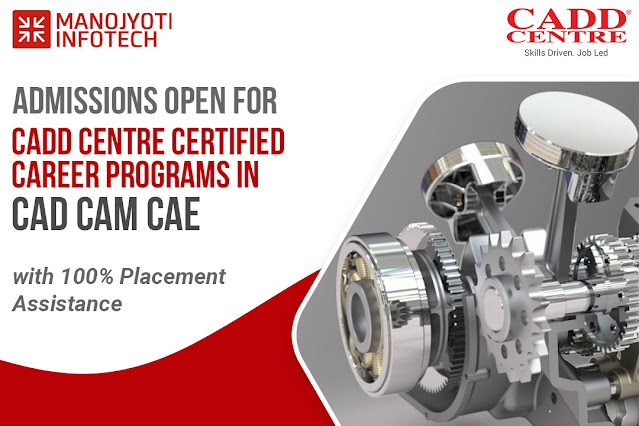From Concept to Reality: How ANSYS is Redefining Automotive Design
Ansys, Inc., a Canonsburg, Pennsylvania-based American multinational company was founded in 1970. It is a highly popular CAE (Computer aided-engineering) /multi-physics engineering simulation software used globally for product design, and testing in a virtual world. Prestigious publications such as Fortune magazine, Bloomberg Businessweek etc. have recognised Ansys as one of the most innovative companies for its excellence. An array of tools present in Ansys aids in developing product and system digital prototypes and testing them under real-world conditions for their working and behaviour. The solutions provided by Ansys are used widely in the automotive as well as defence, aerospace and biomedical industries.
Given the growing popularity of its software, the Ansys developers have brought out tools like Ansys Fluent, Ansys LS-DYNA and more. This has helped the automobile industry very much. Ansys also collaborates with several leading automobile companies for special projects. Ansys partnered with BMW in 2018 for developing a simulation tool to test autonomous vehicles and with Porsche in 2019 to test electric vehicles.
Other application areas of the automobile industry where Ansys is widely used are fluid dynamics, crash testing, structural analysis, electromagnetic simulations and acoustics. These application areas fall broadly into the following classifications:
Power and fuel management of Electric Vehicles:
Ansys simulation techniques allow rapid electric plus hybrid vehicle innovations for components as well as system levels. The key applications consist of fuel cells, batteries and battery management systems, electric motors, power electronics and the integrated electrified powertrain system.
Electric Motor Design, Analysis and Verification
Ansys delivers a total workflow beginning right from the concept design to a detailed report of the thermal, mechanical and electromagnetics analysis of the motor. Using Ansys tools for coupled vibro-acoustics and electromagnetic-thermal-stress motor simulation results in a highly accurate, high-fidelity robust design meant for optimum efficiency, performance and cost.
ADAS (Advanced Driver Assistance Systems) and Autonomous Vehicles:
Ansys believes in supporting safety by validation and safety by design approach. It provides advanced capabilities for the simulation of advanced driver assistance systems and autonomous vehicles. Ansys software is suited for high-fidelity physics-based sensor modelling to AUTOSAR and ISO26262-compliant embedded software along with human-machine interface development.
Design optimisation:
ANSYS assists automotive engineers in the design optimisation of various components such as suspension parts, engine parts and other body structures. Engineers can simulate the behaviour of these components through Ansys in a virtual environment and analyse them to identify areas of improvement for better efficiency, performance and safety.
Safety Engineering:
Ansys has stringent safety standards and their embedded software solutions and safety analysis are developed keeping in mind specific standards and requirements of the automotive industry like the AUTOSAR and ISO26262. Thus, by using Ansys, engineers are able to meet industry-required safety procedures and standards at a considerably lower cost and double the speed of other manual practices.
Adaptation of 5G technology by Ansys
5G technology is believed to disrupt the entire transportation industry by empowering fully autonomous vehicles.
A fully autonomous car is expected to contain cameras, sensors, lidar, sonar and radar systems that will generate several gigabytes of data per day. 4G technology is not equipped to efficiently handle such a large data coming from several vehicles at the same time to surrounding technology, artificial intelligence (AI) systems and cloud-based computational resources
However, the same work of transmitting large data as well as receiving commands from disparate systems through 5G technology will be more reliable and faster. Hence, the catalyst will be setting up of 5G infrastructure for the widespread deployment of autonomous cars and Ansys software is rapidly developing to engineer this new future of smart connectivity.
Some of the main Ansys tools are
Ansys Mechanical – used for structural analysis e.g. optimisation of suspension systems, engine parts and body structures.
Ansys Electronics – used for electromagnetic analysis e.g. electronic systems design optimisation and ensuring electromagnetic compatibility regulations compliance.
Ansys LS-DYNA – used for explicit dynamics simulation e.g. study of crash tests and explosions behaviour.
Ansys Fluent – used as a fluid dynamics analysis tool e.g. optimisation fluid systems design such as cooling systems and pumps.
Ansys CFD – used for computational fluid dynamics analysis to predict the impact of fluid flows e.g. optimisation of combustions chambers and turbine designs.
All these tools together make ANSYS a powerful and versatile software suite to execute advanced simulations with ease and optimise automotive design performance.
If you are aspiring to get into the automotive sector, learning ANSYS will be extremely beneficial. Our training centre adopts the best techniques and practices to teach Ansys. We have been teaching students for several decades and have been successfully implementing AutoCAD training in Nagpur and also AutoCAD Architecture Training Courses. Just like our CAD Courses in Nagpur, you will get extensive hands-on training from our Ansys courses too. To get more information about the Ansys course, contact our training centre today.
Referral Blog Link
https://caddcentrengp.blogspot.com/2023/08/unlocking-opportunities-in-nagpur.html
https://caddcentrenagpur.quora.com/The-8-Most-Important-CATIA-Commands-that-Every-User-Should-Know

































































.jpeg)


